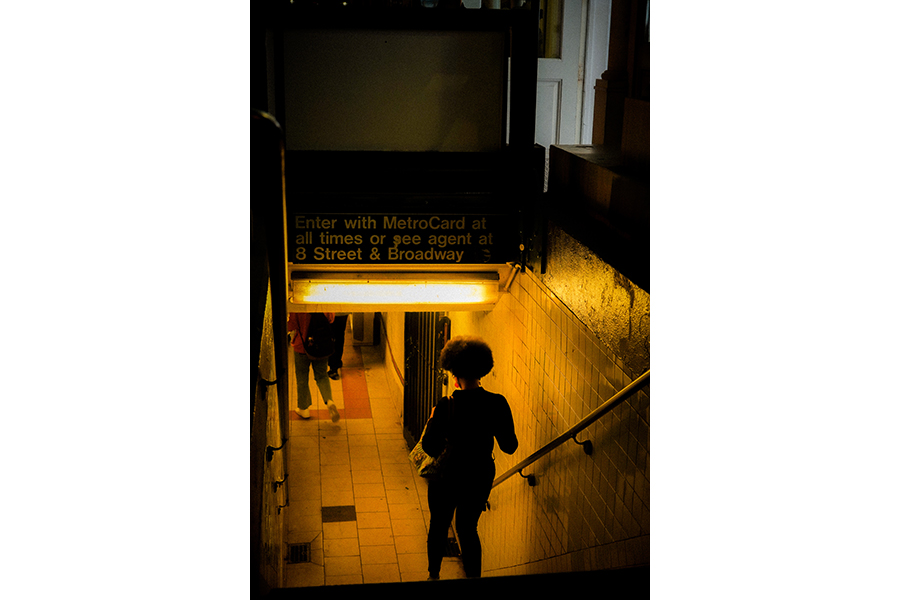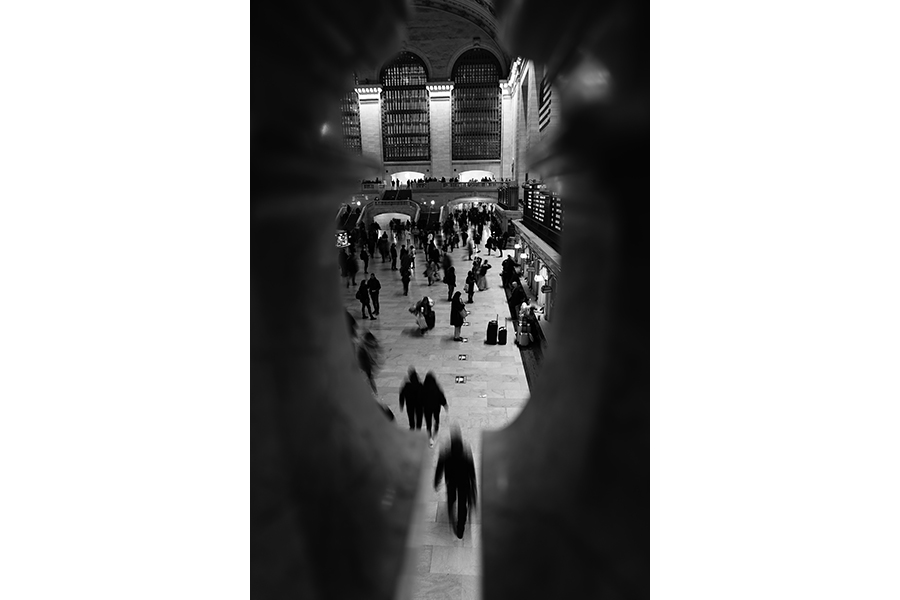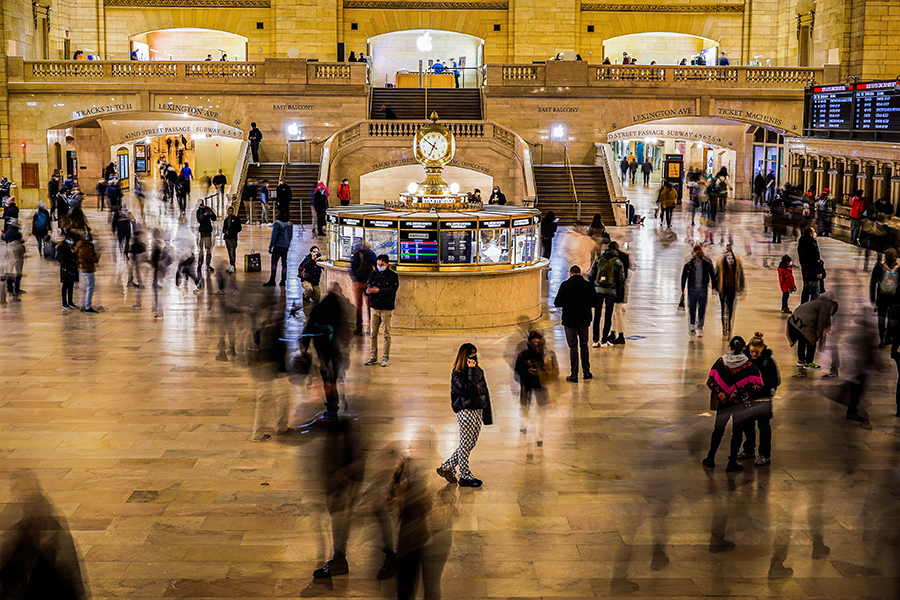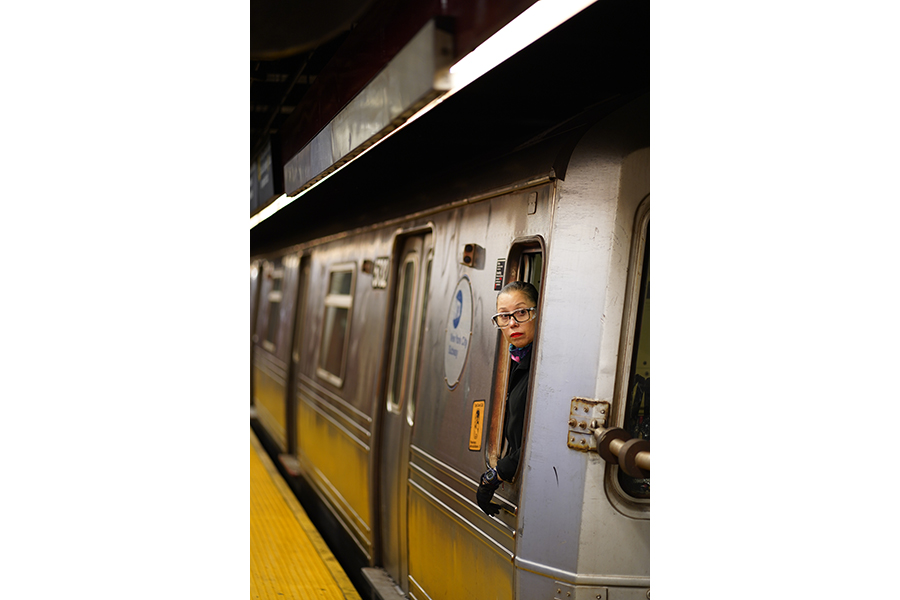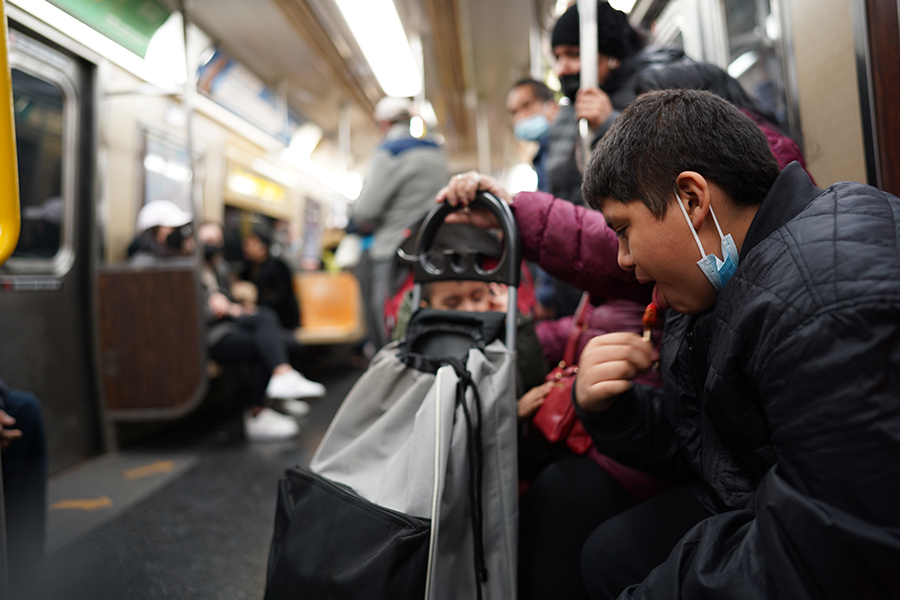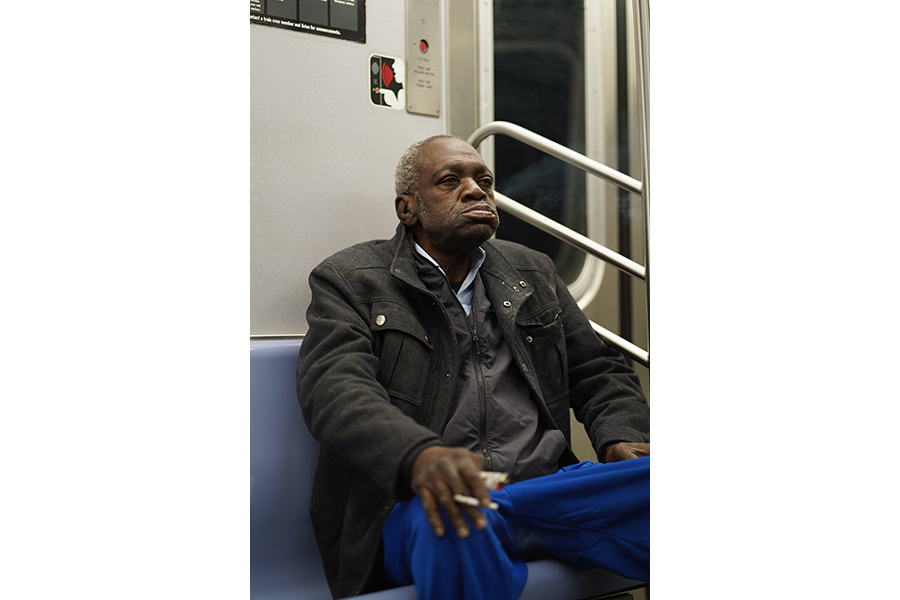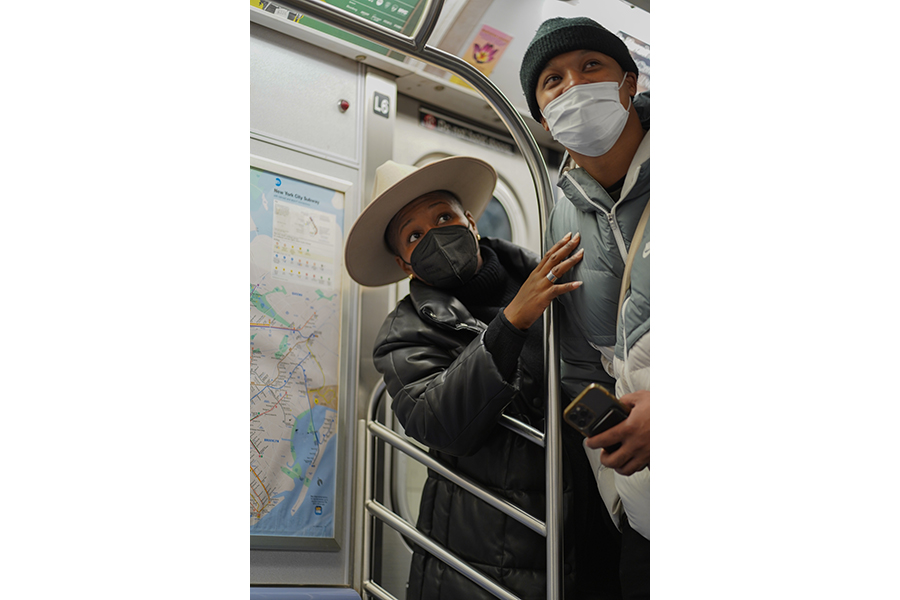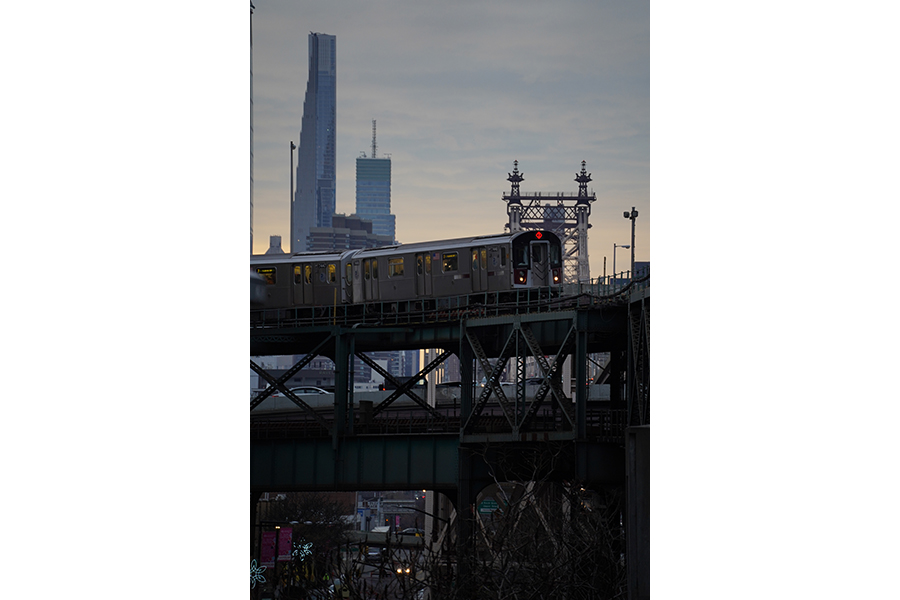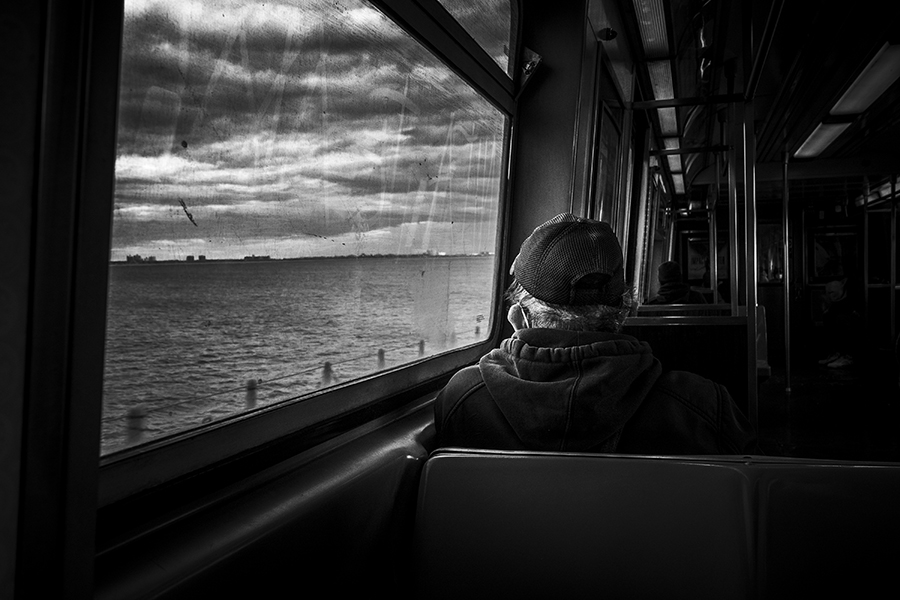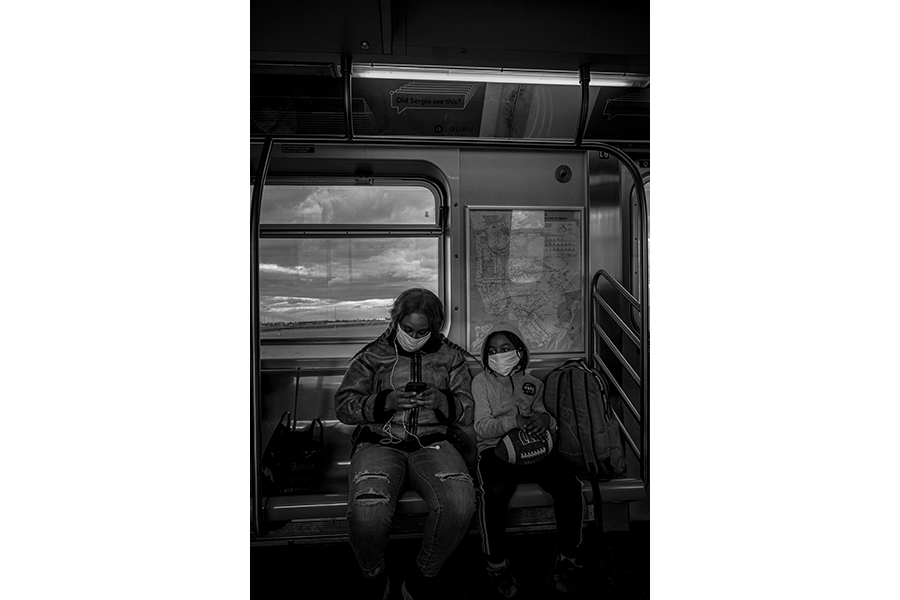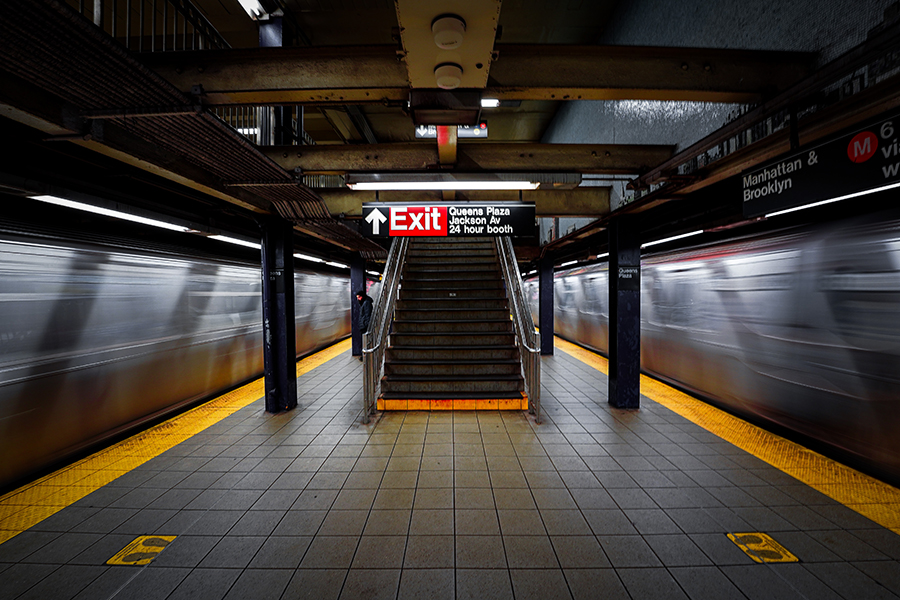People are no longer categorized based on their zip codes or job titles—they are merely passengers in this underground world.
Underground Equality
New York has been known for its multiculturalism. It embraces people with different cultural, social, and ethnical backgrounds, encouraging personal growth and ambitions. Often romanticized as an inclusive and equal space, the city nevertheless inevitably nurtures implicit bias and has the greatest income inequality in the United States. During the day, countless people commute to Manhattan to work as investment bankers, clerks, chefs, or designers; however, when dusk falls, only a few have the privilege of living on the busy island, and others return to their nests in the outskirts of the city.
Although the city has been divided into different neighborhoods that represent different socioeconomic statuses, there are still places where people converge and equality exists. The New York City subway system is an integral part and tag of the city. It is neither clean nor quiet, but it brings New Yorkers together and creates a common place, conferring a homogeneous new identity on everyone. People are no longer categorized based on their zip codes or job titles—they are merely passengers in this underground world.
